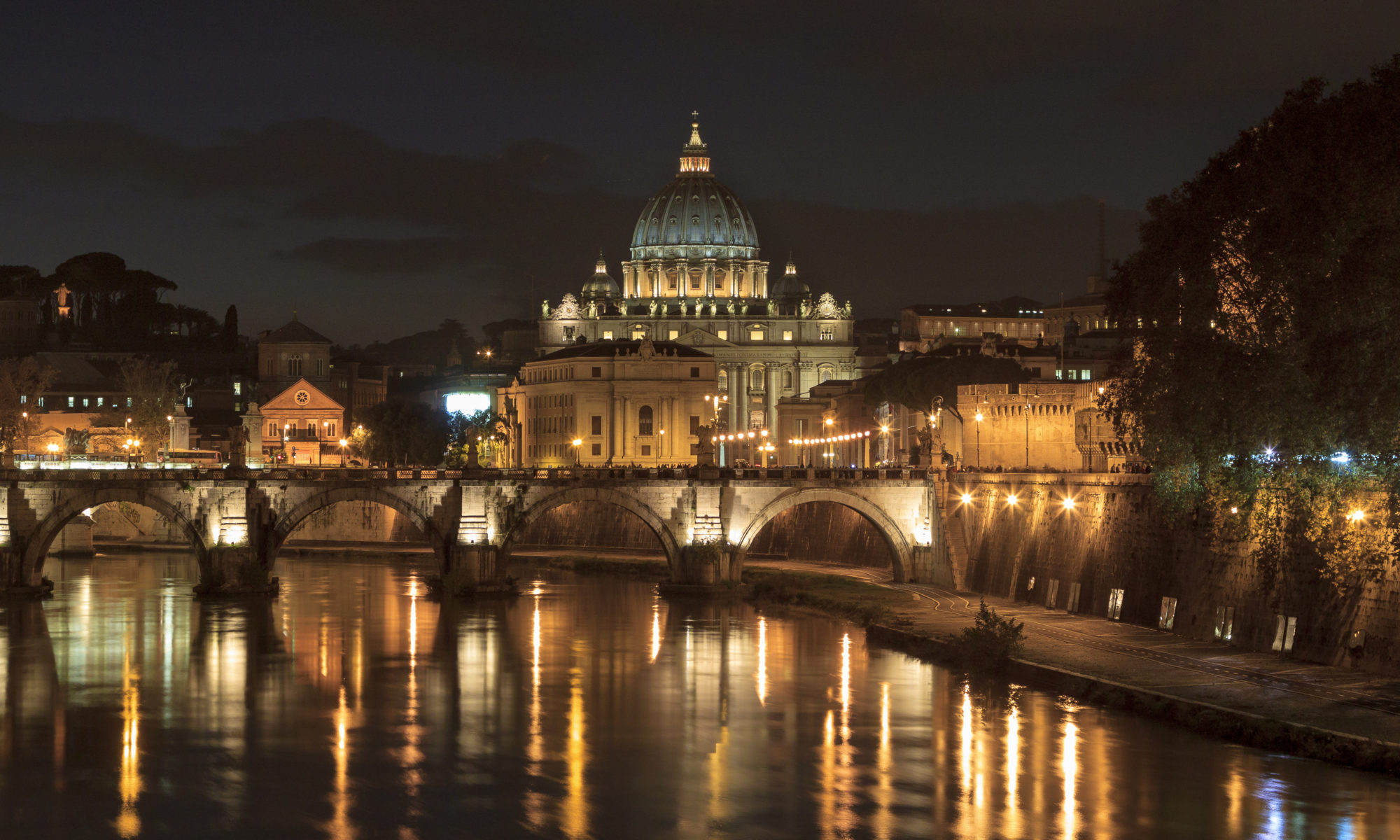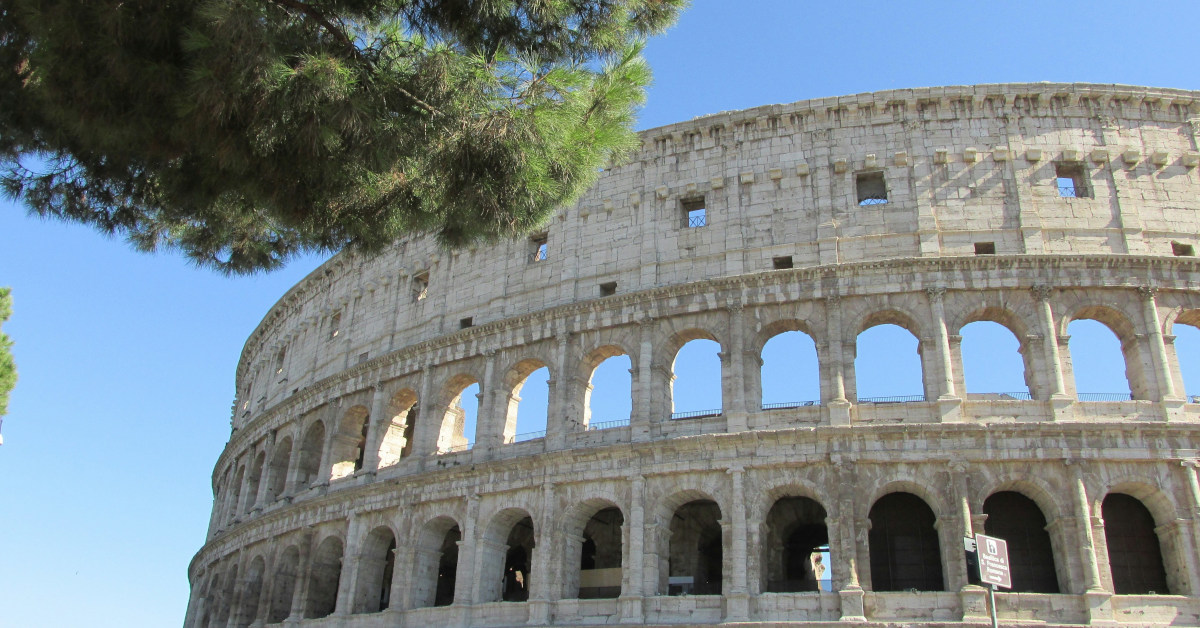🏛️ The Colosseum: Eternal Symbol of Rome and the Ancient World
Il Colosseo non è solo il monumento più famoso di Roma: è la sua anima, la memoria vivente di un impero che ha segnato la storia del mondo. Scopri come nacque, come venne usato, e perché ancora oggi continua a incantare milioni di visitatori.
The Colosseum is more than just Rome’s most famous monument — it is the city’s soul, the living memory of an empire that shaped world history. Discover how it was built, what it once hosted, and why it continues to captivate millions today.
1. Introduzione – L’anima di Roma in un solo sguardo
The Soul of Rome in a Single Glance
Imponente, maestoso, eppure silenzioso testimone di duemila anni di storia: il Colosseo è molto più di un monumento.
È il cuore pulsante di Roma antica, il punto in cui ogni viaggiatore sente di toccare l’eternità.
Imposing, majestic, yet silently standing as a witness to two thousand years of history — the Colosseum is far more than just a monument.
It is the beating heart of ancient Rome, where every traveler feels they are touching eternity.
2. Le origini – Il dono degli imperatori al popolo di Roma
Origins – The Emperors’ Gift to the People of Rome
Costruito per volere di Vespasiano e completato dal figlio Tito nell’anno 80 d.C., il Colosseo nacque come dono al popolo.
Fu eretto nel luogo dove sorgeva un lago artificiale della Domus Aurea di Nerone, simbolicamente restituito ai cittadini.
Commissioned by Emperor Vespasian and completed by his son Titus in 80 AD, the Colosseum was conceived as a grand gift to the Roman people.
It was built where Nero’s artificial lake once stood — symbolically returning land to the citizens.
3. Architettura e ingegneria – Un capolavoro senza tempo
Architecture and Engineering – A Masterpiece Beyond Time
Con una capienza di oltre 50.000 spettatori, il Colosseo stupisce ancora oggi per la sua efficienza.
Quattro ordini di arcate e scale perfettamente organizzate consentivano di svuotare l’arena in pochi minuti.
Sotto il suolo, l’ipogeo nascondeva montacarichi, gabbie e corridoi.
With a capacity of over 50,000, the Colosseum still amazes with its design.
Four tiers of arches and precisely arranged stairways allowed the arena to empty within minutes.
Below ground, the hypogeum concealed elevators, cages, and tunnels — a marvel of Roman engineering.
4. Gli spettacoli – Il battito del popolo romano
The Spectacles – The Heartbeat of the Roman People
Nel Colosseo prendeva vita lo spirito della Roma imperiale.
Gladiatori, fiere esotiche e battaglie navali simulate accendevano l’entusiasmo della folla.
Il pubblico decideva la sorte dei combattenti con un gesto della mano.
Inside the Colosseum, the spirit of imperial Rome came alive.
Gladiators, wild beasts, and mock naval battles thrilled the crowds.
The audience decided the fate of fighters with a single hand gesture — drama, politics, and spectacle intertwined.
5. Declino e rinascita – Dal silenzio delle rovine alla gloria eterna
Decline and Rebirth – From Silence to Eternal Glory
Con la fine dell’Impero Romano, il Colosseo cadde nel silenzio.
Fu usato come cava, rifugio e perfino fortezza.
Rinacque nel Rinascimento come simbolo di grandezza e arte, ispirando viaggiatori e pittori di ogni tempo.
With the fall of the Roman Empire, the Colosseum fell silent.
It became a quarry, a shelter, and even a fortress.
During the Renaissance, it rose again — as a symbol of artistic grandeur, inspiring travelers and painters alike.
6. Il Colosseo oggi – Un viaggio nel cuore della storia
The Colosseum Today – A Journey into the Heart of History
Oggi il Colosseo accoglie milioni di visitatori ogni anno.
È possibile esplorare l’arena, i sotterranei e i piani superiori con vista mozzafiato sul Foro Romano.
Il momento migliore? All’alba o al tramonto, quando la luce trasforma le pietre in oro.
Today, the Colosseum welcomes millions of visitors each year.
You can explore the arena, the underground passages, and the upper levels overlooking the Roman Forum.
The best time to visit? At sunrise or sunset, when the light turns its stones to gold.
7. Curiosità e simbolismo – Il Colosseo di ieri e di oggi
Curiosities and Symbolism – The Colosseum Then and Now
Il nome “Colosseo” deriva dal Colosso di Nerone, la statua gigantesca che sorgeva accanto all’anfiteatro.
Oggi è simbolo di pace: si illumina di bianco ogni volta che nel mondo viene sospesa una condanna a morte.
Presente in film, romanzi e opere d’arte, è l’icona assoluta di Roma.
The name “Colosseum” comes from Nero’s Colossus, a gigantic statue that once stood beside it.
Today, it stands as a symbol of peace, lighting up in white whenever a death sentence is suspended somewhere in the world.
It has appeared in countless films, books, and artworks — the ultimate icon of Rome.
💡 Lo sapevi? / Did you know?
Per costruirlo furono impiegati più di 100.000 m³ di travertino, trasportati da cave a oltre 20 km di distanza!
More than 100,000 cubic meters of travertine were used to build it, hauled from quarries over 20 kilometers away!
8. Conclusione – Dove il tempo si ferma
Conclusion – Where Time Stands Still
Il Colosseo non è una semplice rovina, ma un respiro del passato che continua a parlare al presente.
Ogni arco, ogni pietra racconta una storia di potere, di popolo e di eternità.
The Colosseum is not just a ruin, but a breath of the past that still speaks to the present.
Every arch, every stone tells a story of power, people, and timelessness — the true meaning of “eternal Rome”.


